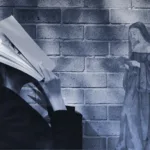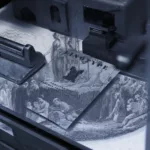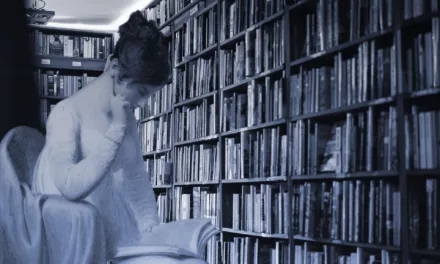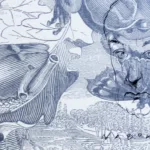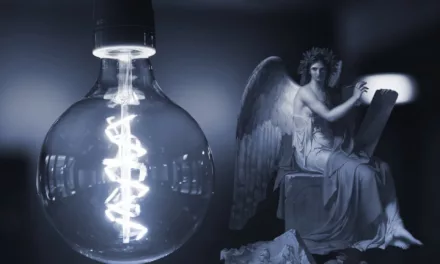
Genre Talk: Exploring the World of Dystopian Fiction
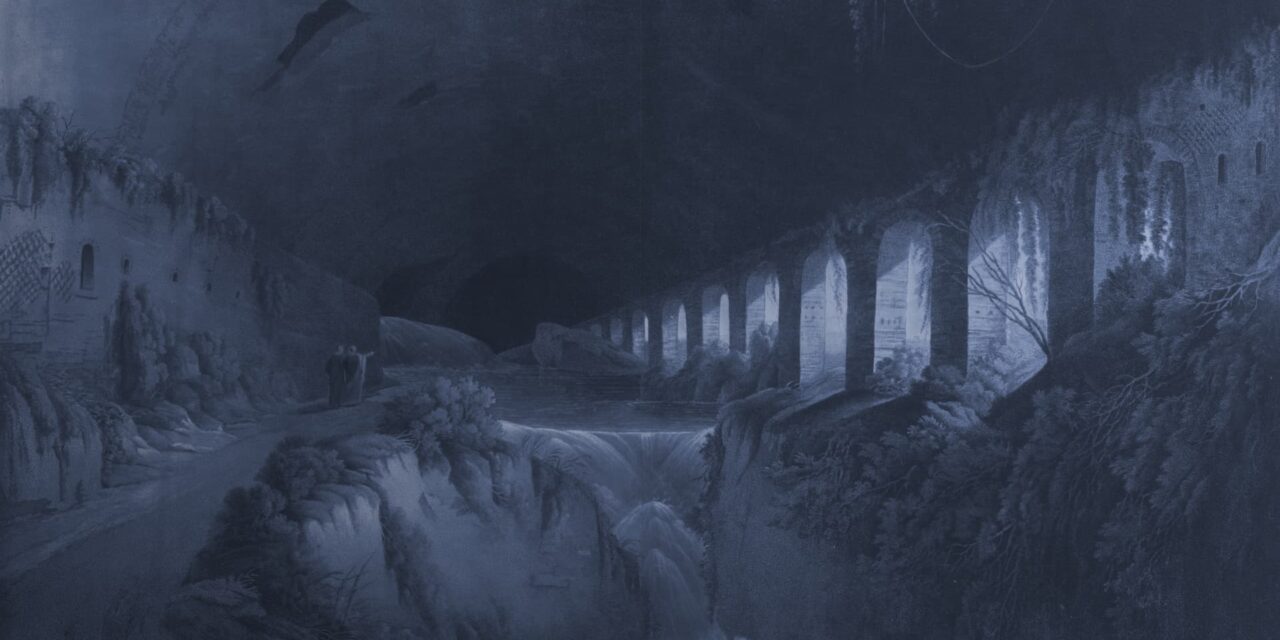
Dystopian fiction serves as both a mirror to the world and a warning about potential futures, making it one of literature’s most powerful avenues for social commentary and philosophical exploration. Through its dark narratives and cautionary tales, this genre examines themes of totalitarian control, technological dependence, environmental catastrophe, and the erosion of human rights. Dystopian works have shaped public discourse and resonate deeply because they often feel uncomfortably close to reality.
What is dystopian fiction?
Dystopian fiction is a subgenre of speculative fiction and often presents a nightmarish vision of society gone wrong. While utopian literature imagines perfect worlds, dystopian fiction explores societies that have given way to oppression, suffering, or social and environmental collapse.
Dystopian stories usually take place in futures where current social, technological, political, or environmental trends have reached destructive ends, offering a critique of contemporary issues by exaggerating them into worst-case scenarios. They are often cautionary tales but also explore human resilience and morality in the face of adversity and the strength and power of the natural world in the face of destruction.
Classic examples of dystopian fiction include 1984 by George Orwell, which explores surveillance and totalitarian control and The Handmaid’s Tale by Margaret Atwood, which examines gender oppression in a theocratic society. More modern examples, like The Hunger Games by Suzanne Collins, reflect on themes of inequality, the media, and power struggles in a controlled society.
By addressing “what if” scenarios, dystopian fiction challenges readers to think critically about the world and humanity’s potential futures.
The history of dystopian fiction
Dystopian fiction emerged directly as a counter to utopian fiction. The term “utopia” was first coined by Thomas More in his 1516 work, Utopia, as a place or state of being in which everything is perfect.
The term dystopia was not recorded until 1868, when John Stuart Mill, a British philosopher, economist, politician, and civil servant, used it in a speech to the House of Commons, but it wouldn’t gain popularity in literature until half a century later. At that time, writers used the term, incorporating it into a genre that would serve as the antithesis to the utopian ideal of authors like H.G. Wells and William Morris, who believed that scientific advancement would end war and poverty.
With the rise of political unrest and global anxiety in the early 20th century, the ideals of utopian writers of the previous century no longer seemed like the natural social progression. Jack London’s The Iron Heel was written as a direct response to the rising political tension of the day and is considered a seminal work in early dystopian fiction. But it was Yevgeny Zamyatin’s We that gave rise to many of the tropes now associated with dystopian fiction.
By the 1920s and 30s, the rosy outlook that the early utopian writers had of scientific and political improvements leading to a perfect society was all but shattered. Aldous Huxley’s Brave New World showed the darker side of technological advancements in his depictions of the future, and by the 40s and 50s, in the wake of the Second World War, political dystopias like George Orwell’s Nineteen Eighty-Four and Ray Bradbury’s Fahrenheit 451 really leaned into the dystopian futures of political control.
As the decades progressed, dystopian fiction moved away from the more overt social politics and introduced wider genre exploration. Authors like Richard Matheson delved into the aftermath of plague, while Anthony Burgess explored the ideas of overpopulation and J.G. Ballard introduced climate fiction into the mix.
The 80s saw a return to political dystopias but through the lens of more modern anxieties. William Gibson once again returned to a deep exploration of technology, helping to launch dystopian cyberpunk with his novel Neuromancer, while Margaret Atwood explored subjects like feminism, racism, Christian fundamentalism, and sexuality through her work.
More modern dystopian fiction is often associated with young adult literature. The popularity of Suzanne Collins’ The Hunger Games series started a wave of YA dystopias that bled into the genre as a whole. It often included themes of self-discovery, friendship, and included more overt romantic content. Since the early 2000s, however, the popularity of YA dystopian novels has declined with a shift toward more feminist and ecological dystopias, like Naomi Alderman’s The Power and Emily St John Mandel’s Station Eleven.
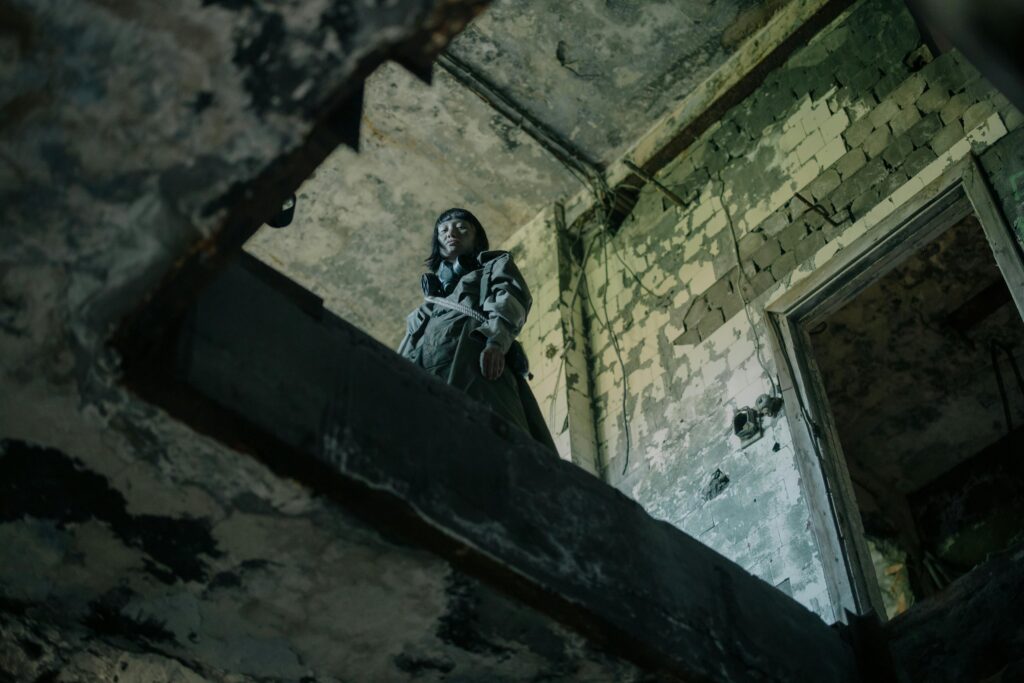
Key characteristics of dystopian fiction
Dystopian fiction is not merely about the future but also an allegory of the present. Dystopian novels reflect the anxieties and fears of the time in which they are written, whether those fears are of totalitarian governments, technological advancements, environmental crises, or social inequalities.
Markers of the genre are often controlled societies with strict hierarchies and limited individual freedoms, technological surveillance and manipulation of citizens, environmental devastation or resource scarcity, the aftermath of natural disasters, and resistance movements against oppressive systems. In the wake of these, dystopian stories will often explore ideas surrounding the loss of human rights and dignity, propaganda and manipulation of information, and dehumanisation through social engineering.
Common tropes
- The Chosen One — A protagonist who becomes the unlikely leader or saviour.
- Forbidden Knowledge — A secret or suppressed truth that, once discovered, sparks rebellion or changes society.
- Outsiders/Exiles — Protagonists or groups who live on the fringes of society, representing freedom or alternative ways of living.
- Banned Books/Art — Suppression of creative works to control thought and limit dissent.
- The Lottery or Ritual Sacrifice — Societal stability maintained through periodic sacrifices.
- The False Utopia — A society that appears perfect on the surface but hides sinister truths.
- The Disillusioned Enforcer — A protagonist initially working for the oppressive system but later rebelling.
- Underground Resistance — Secret groups fighting against the oppressive regime.
Common themes
- Authoritarian governments — Centralised control over all aspects of life, including surveillance, propaganda, and suppression of dissent.
- Surveillance states — Constant monitoring of citizens through advanced technology to enforce conformity and maintain power.
- Environmental collapse — Depictions of a world devastated by climate change, pollution, or resource depletion.
- Social stratification — Stark class divides where the privileged elite exploit the disenfranchised masses.
- Rebellion and resistance — Protagonists often challenge oppressive regimes, symbolising hope or the fight for justice.
- Loss of individuality — A society where individuality is suppressed in favour of collective conformity.
- Misuse of advanced technology — Technology is weaponised or used to control and manipulate people, such as artificial intelligence or genetic engineering.
- Post-apocalyptic survival — Focus on humanity rebuilding after a catastrophic event, exploring resilience and morality.
- Ethical and moral dilemmas — Questions about free will, morality, and the cost of progress.
- Restricted freedoms — Societies where personal freedoms, including speech, movement, or choice, are curtailed.

How to write dystopian fiction
Creating dystopian fiction that speaks to modern audiences requires an understanding of current social fears, anxieties, and human nature. To really delve into this, here are some tips to get started:
World building
Dystopian fiction begins with a “what if” question that extrapolates current trends to their logical endpoints. For example: “What if climate change made most of Earth uninhabitable?” or “What if social media developed into a system of social control?”
Once you’ve established your premise, establish consistent rules that govern your world’s society, technology, and power structures. These rules should feel inevitable rather than arbitrary — each restriction or social change should have an obvious cause and consequences.
When creating technology for your world, you can make it feel believable by grounding it in existing scientific principles or current technological trajectories. Your social structures should reflect how people might naturally organise themselves under your world’s conditions, including class systems, resistance groups, and power hierarchies.
Finally, establish logical mechanisms of control that the ruling power uses to maintain order, whether through surveillance, restricted resources, propaganda, or force. These elements should work together to create a world that feels both plausible and unsettling.
Character development
Character development in dystopian fiction requires careful attention to psychological complexity and believable motivations. Your protagonist should reflect universal human desires and struggles to which your readers can relate.
Antagonists should be complex. The circumstances in which they exist should bear their motivations out, rather than being simply ‘evil’. Various perspectives, including characters from different social classes, ideological backgrounds, or levels of privilege within the system, will help to do this.
Meaningful relationships between characters can help show how human connections persist, even in dehumanising circumstances. These could be through family bonds, forbidden friendships, romances, or alliances. These relationships should interplay with moral conflicts that force characters to make tough choices between personal survival and collective good, loyalty and truth, or safety and freedom, which in turn should mirror the larger themes of your dystopian world.
Plotting
When outlining your plot, establish what passes for “normal” in your dystopian world. This gives readers a baseline understanding of how society functions and what your characters accept as everyday life. Then, introduce elements that make your protagonist question this normalcy, perhaps through a personal discovery or an unexpected event that reveals cracks in the system.
As the story progresses, build tension gradually by layering increasingly serious consequences and revelations that challenge your protagonist’s worldview. Make sure to include personal stakes that directly affect your main character and create a meaningful conflict that goes beyond simple good versus evil. The best dystopian stories feature complex moral dilemmas where characters must navigate between competing loyalties, conflicting truths, and tough choices that reflect larger societal issues.
Have a strong theme
Your theme is the backbone of your story, so make sure you choose thematic issues that will resonate with contemporary readers. Your story should explore relevant social, political, or environmental issues that readers can connect to their own experiences and anxieties about the future.
It’s important to strike a delicate balance between hope and despair. While dystopian fiction often deals with dark themes, elements of hope, resilience, or human connection will prevent the plot from becoming overwhelmingly bleak.
Above all, maintain strong human elements throughout your narrative. Even in the bleakest settings, people adapt, form relationships, and maintain their humanity, so it’s important to make sure that your story’s theme can carry that nuance.
General writing tips
Research is essential when writing believable dystopian fiction. To ground your story in current societal trends and technological developments, you need to understand them, which will ultimately help you create a more believable and relevant narrative.
Include realistic details that make your world feel lived in and authentic, from the mundane aspects of daily life to the specific ways your society maintains control. Develop deep character relationships and explore personal losses to help your readers connect with your characters.
Most importantly, it’s important to balance exposition with action. While world-building is great, it’s also essential to avoid info-dumping which can break pacing, flow, and immersion. Instead, make sure you reveal plot information through character interactions and plot development. Let your readers experience your world.












